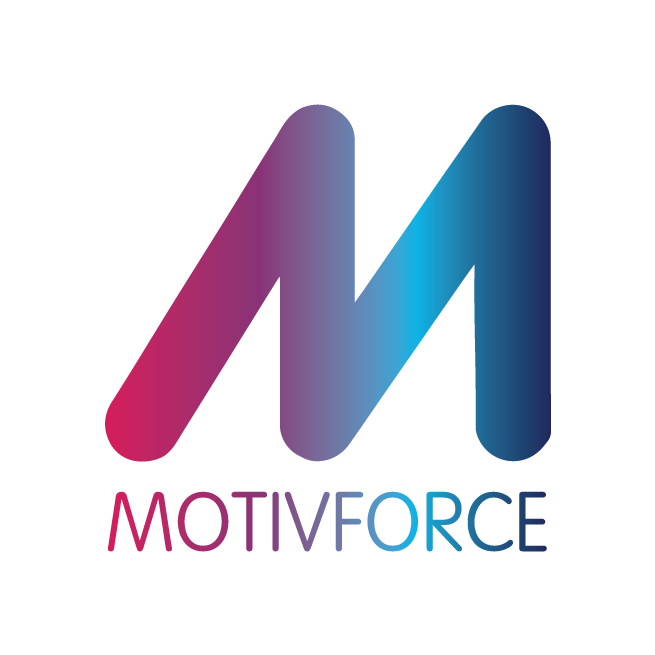5 essential steps to effectively enable partners
Are they willing and able?
By Ko de Ruyter and Debbie Keeling
In today’s markets, your company’s success depends hugely on the motivation and abilities of your business partners. Willingness is often fuelled by elaborate incentive structures, but ability is a different cookie. More and more firms are experimenting with online modules across multiple (mobile) platforms, so there are ample and innovative opportunities to work on your business partners’ tech, marketing and sales skills. Yet, we often see that the message cannot keep up with the medium. In other words, content is offered that is out of line or, at best, loosely coupled to strategic channel objectives.
Question:
How can this be fixed?
Answer:
By following the stepwise enablement development process below:
Step 1: Start with an enablement needs assessment.
Start with an enablement needs assessment. What are the knowledge gaps and pain points that online training needs to address? You may get more than you ask for. That’s okay!. A good way to prioritize the most important needs is to map them against your strategic channel agenda.
A simple matrix will do the job. To expedite the mapping, strike out those abstract and unclear terms, such as ‘growth’ or ‘market leadership’. Replace these by concrete and measurable goals, such as ‘25% more sales of Brand X in APAC’.
Present these objectives to the board for visibility and enablement resource allocation.
Step 2: Integrate enablement in a budgeting cycle.
Integrate enablement in a budgeting cycle. and allocate accountability to a chief enablement officer. In this way, learning can be aligned with the strategic channel agenda more easily. This helps developing enablement in a much more systematic way and prevents fragmentation of learning activities throughout the company and across markets.
Another benefit is that a more stable and longer term vision for channel partner enablement can be developed.
Step 3: Translate the learning vision
Translate the learning vision. Explain what the learning agenda means at the level of business units, customer-facing account teams and even individual employees. Make sure you do this in actionable terms and take note of aligning items of the agenda with finer-grained learning needs.
Step 4: The long-term journey
Get people to warm up to learning. Business partner enablement is not a one-off, it is a long-term journey. Invite business partners to participate in curricula discussions. Treat them as ‘learning partners’, so that they become ambassadors for the enablement agenda.
At Motivforce R&D, we assist companies in developing so-called ‘coalition programs’ where our clients team up with their clients in the development of learning modules.
Create an enablement advisory board, open up a business partner learning community in which learning topics, needs and issues are discussed. Develop a system of learning reviews (including social badges and leaderboards). This motivates their peers to start learning and it functions as a treasure chest of learner feedback.
And for a final thought:
Aligning is all about listening. Ask your colleagues ‘our business partners may be willing, but are they able? If it turns out that there is room for improvement, then look in the mirror and ask yourself ‘am I willing and able to do something about it?’











Transform B2B loyalty with tiny habits. Discover the "Atomic Loyalty" approach for lasting relationships.